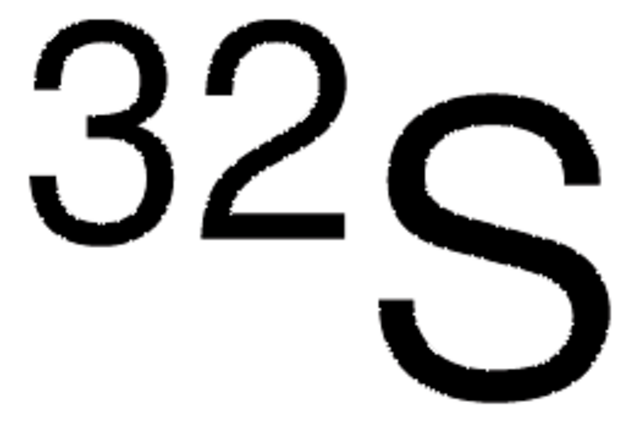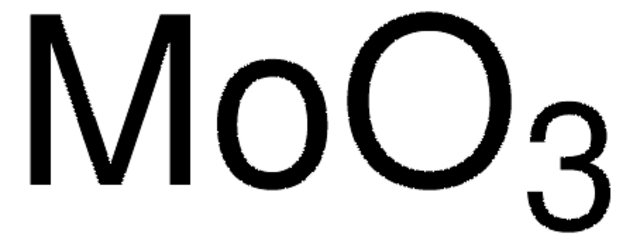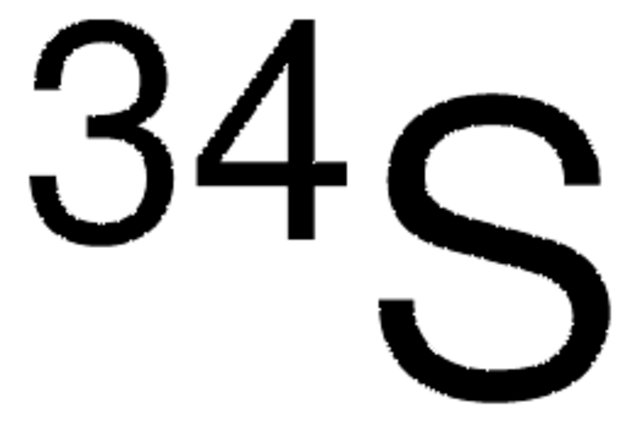213292
Sulfur
99.998% trace metals basis
Synonyme(s) :
sulfur powder
About This Item
Produits recommandés
Densité de vapeur
8.9 (vs air)
Niveau de qualité
Pression de vapeur
1 mmHg ( 183.8 °C)
10 mmHg ( 246 °C)
Pureté
99.998% trace metals basis
Forme
powder or flakes
Température d'inflammation spontanée
450 °F
Résistivité
2E23 μΩ-cm, 20°C
Point d'ébullition
444.7 °C (lit.)
Pf
112.8 °C (rhombic) (lit.)
117-120 °C (lit.)
119.0 °C (monoclinic) (lit.)
Densité
2.07 g/mL at 25 °C
Chaîne SMILES
[S]
InChI
1S/S
Clé InChI
NINIDFKCEFEMDL-UHFFFAOYSA-N
Vous recherchez des produits similaires ? Visite Guide de comparaison des produits
Description générale
Application
Mention d'avertissement
Warning
Mentions de danger
Conseils de prudence
Classification des risques
Skin Irrit. 2
Code de la classe de stockage
4.1B - Flammable solid hazardous materials
Classe de danger pour l'eau (WGK)
WGK 1
Point d'éclair (°F)
Not applicable
Point d'éclair (°C)
Not applicable
Équipement de protection individuelle
Eyeshields, Gloves, type P3 (EN 143) respirator cartridges
Faites votre choix parmi les versions les plus récentes :
Déjà en possession de ce produit ?
Retrouvez la documentation relative aux produits que vous avez récemment achetés dans la Bibliothèque de documents.
Les clients ont également consulté
Articles
From Form to Function: Molding Porous Materials in Three Dimensions by Colloidal Crystal Templating
Solvothermal synthesis is a method for preparing a variety of materials such as metals, semiconductors, ceramics, and polymers.
Spectral conversion for solar cells is an emerging concept in the field of photovoltaics, and it has the potential to increase significantly the efficiency of solar cells. Lanthanide ions are ideal candidates for spectral conversion, due to their high luminescence efficiencies and rich energy level structure that allows for great flexibility in the upconversion and downconversion of photons in a wide spectral region (NIR-VIS-UV).
Notre équipe de scientifiques dispose d'une expérience dans tous les secteurs de la recherche, notamment en sciences de la vie, science des matériaux, synthèse chimique, chromatographie, analyse et dans de nombreux autres domaines..
Contacter notre Service technique
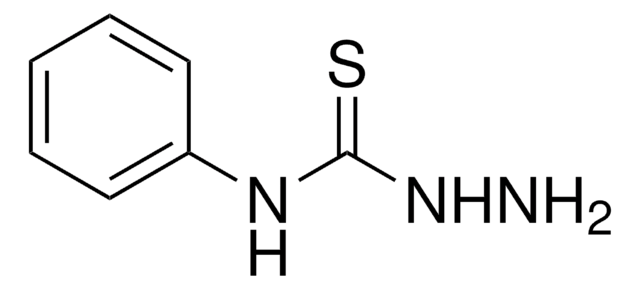
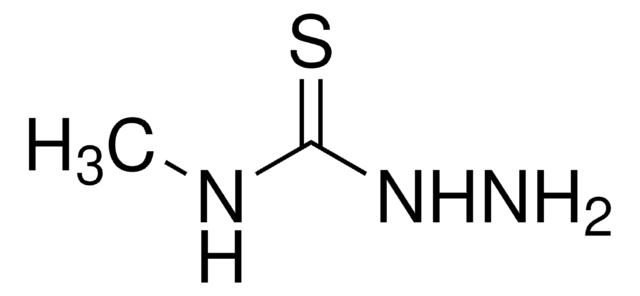

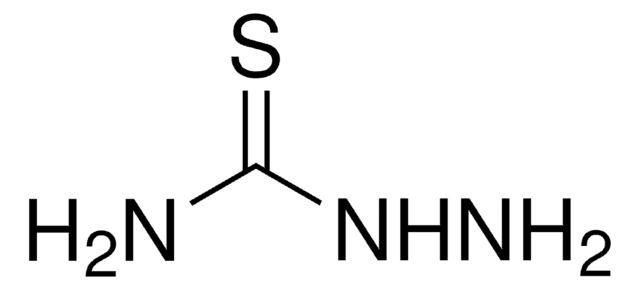
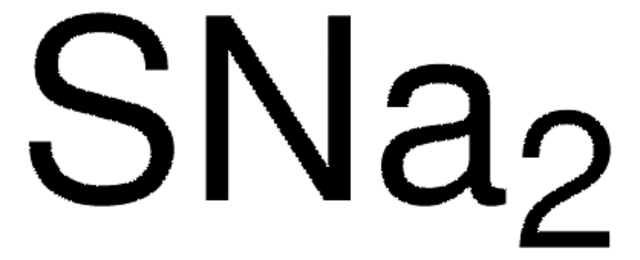
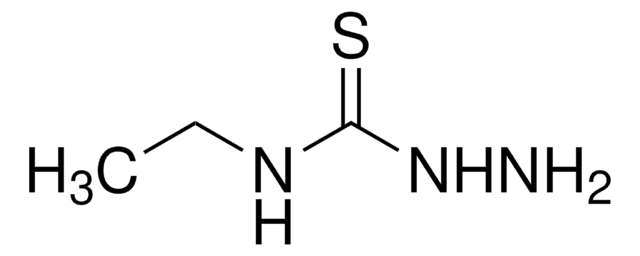
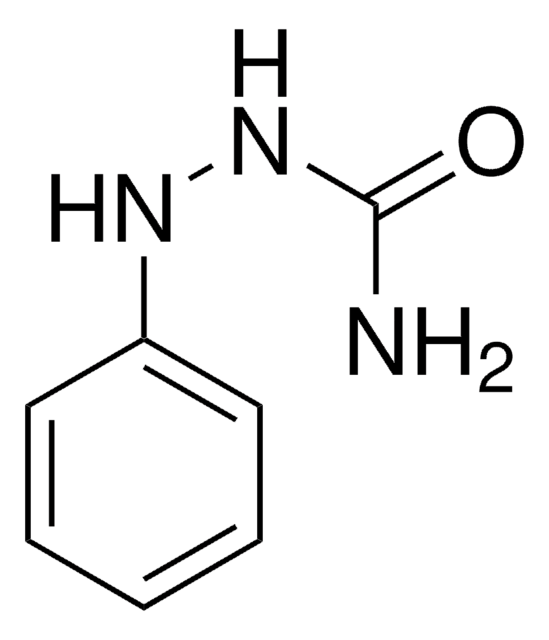

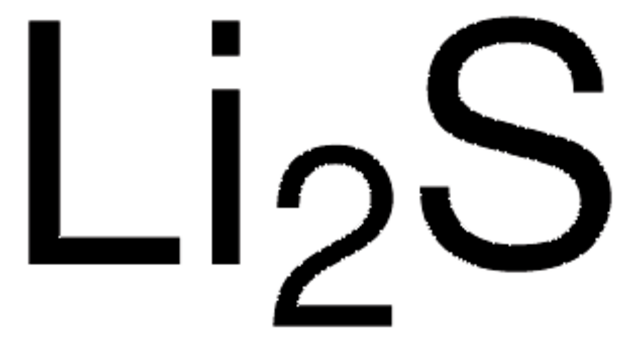
![(11bR)-2,6-Bis(diphenylphosphino)-N,N-dimethyldinaphtho[2,1d:1′,2′-f]-1,3,2-dioxaphosphepin-4-amine](/deepweb/assets/sigmaaldrich/product/structures/260/755/3101c3e8-e884-4803-ba52-a87c7e168847/640/3101c3e8-e884-4803-ba52-a87c7e168847.png)
